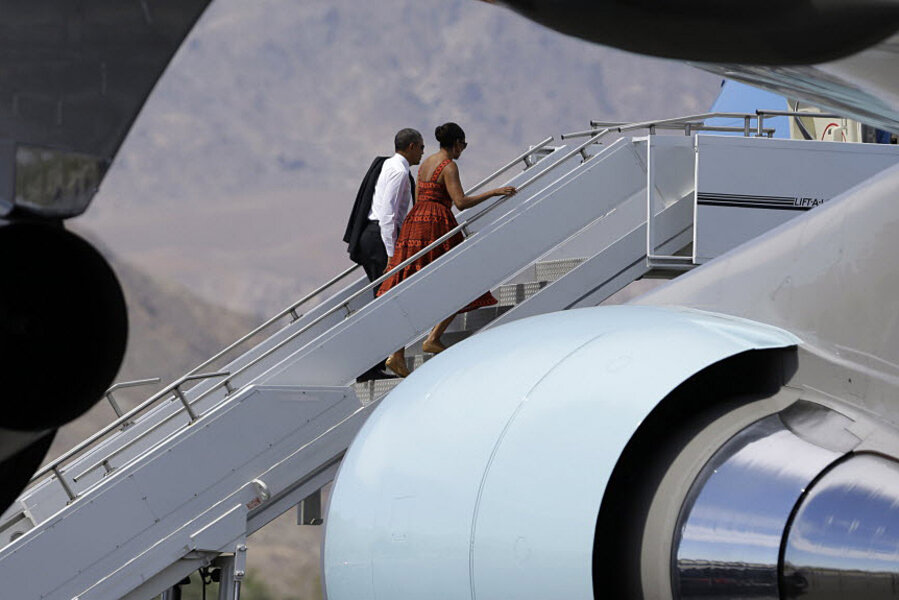How Native American youth brought Obama to tears
Loading...
More than 800 Native American youths are set to gather at the White House Thursday for an event that may help define President Barack Obama’s legacy in the eyes of indigenous Americans.
First Lady Michelle Obama and other officials will speak to young Native Americans from 230 tribal nations about issues affecting their communities, marking the first-ever Tribal Youth Gathering, the Huffington Post reported. Some of the topics on the list for discussion include education, health, justice, economic opportunity, climate change, and cultural preservation.
The event is part of Obama’s Generation Indigenous initiative, which launched last year and is geared toward “improving the lives of Native youth by removing the barriers that stand between Native youth and their opportunity to succeed.”
Obama’s recently deepened commitment to engaging with and investing in Native American tribes began after his visit with the first lady a year ago to the Standing Rock Sioux Tribe reservation in North Dakota.
The Standing Rock visit made him the eighth president to visit a reservation while in office. While on the campaign trail in 2008, Obama also made a stop at a Crow nation reservation.
After hearing about how youth on the reservation struggled with issues like homelessness, addiction, and suicide, Obama said at a conference in December he was committed to improving the lives of kids like the ones he met.
"It’s not very often where I tear up in the Oval Office," he said. "I deal with a lot of bad stuff in this job. It is not very often where I get choked up, so they [White House staff members] knew I was serious about this."
The first lady echoed this commitment in April at a Generation Indigenous event.
“Supporting these young people isn’t just a nice thing to do, and it isn’t just a smart investment in their future, it is a solemn obligation that we as a nation have incurred,” she said, referencing the teens they had met at Standing Rock. “Folks in Indian Country didn’t just wake up one day with addiction problems. Poverty and violence didn’t just randomly happen to this community. These issues are the result of a long history of systematic discrimination and abuse.”
Since then, reservation education has become a beneficiary of the Obama administration. Secretary of the Interior Sally Jewell said in a press call Wednesday a grant totaling $1.45 million will be allotted across seven tribes where Bureau of Indian Education schools operate.
Still, this is only a fraction of the more than $1 billion Ms. Jewell estimated was needed to repair schools on reservations that are “falling down,” the Washington Post reported last year.
Obama’s administration also took a pro-Native rights stance last week on the NFL controversy over the Redskins’ team name.
Since she joined the administration, Jewell has been vocal in her opposition to the use of the name seen as derogatory to Native Americans, the Washington Post reported. She announced the National Park Service would not allow the construction of a new Redskins stadium in D.C. to move forward, unless the team changes its name.
“Personally, I think we would never consider naming a team the ‘Blackskins’ or the ‘Brownskins’ or the ‘Whiteskins.’ So, personally, I find it surprising that in this day and age, the name is not different,” Jewell told ABC News last September.
Obama has also been supportive of tribal economies, Bloomberg reported. Despite some controversial moves – encouraging tribes to enter gambling industry angered gambling opponents, and deciding to treat reservations as states where marijuana is legal raised concerns about addiction problems for which reservations have become infamous – Jacqueline Pata, executive director of the National Congress of American Indians, praised Obama’s efforts.
"He has been the best president for Indian country," Ms. Pata said.








